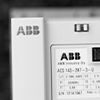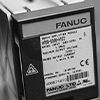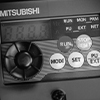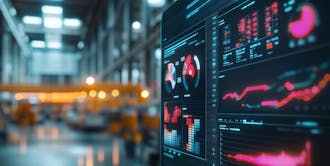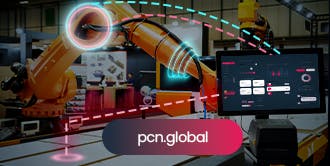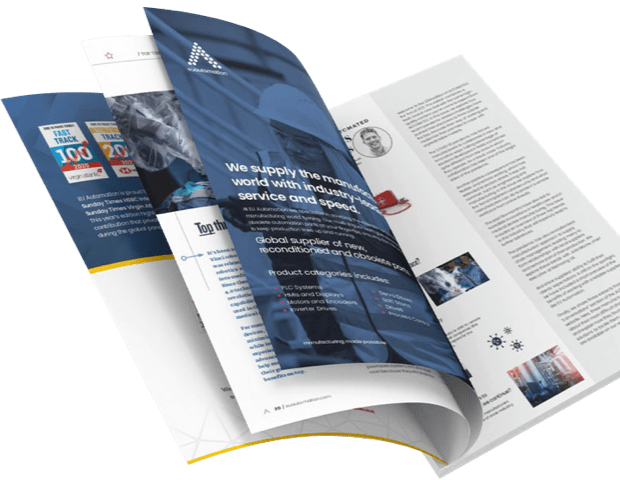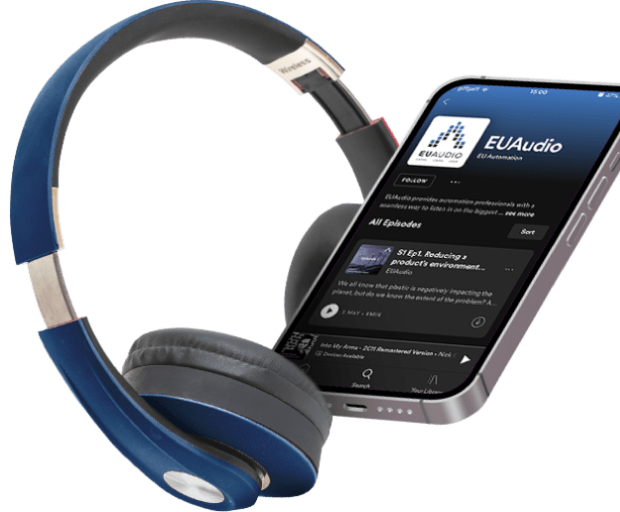ERP = Your foundation, BoM = Your source of truth
July 1, 2025
Written by Robert Juricic, Managing Director of pcn.global

Robert Juricic brings over a decade of specialised expertise in obsolescence management and 30+ years of developing BoM concepts and documentation processes. Having worked with OEMs and EMS providers across five continents, Robert has a unique vantage point on where component lifecycle breakdowns typically occur, and how to prevent them before they become costly emergencies.
Drawing from his multidisciplinary background in documentation, data management, and process automation, Robert helps manufacturers transform component lifecycle management from reactive fire-fighting into a strategic advantage. Through his company's specialised obsolescence management software, services and documentation expertise (including BoM scrubbing and master data management), he enables clients to stay ahead of component change notices and build resilient supply chains.
Let’s talk about your Bill of Materials (BoM), that unassuming list of parts that secretly runs your entire operation. Consider it to be a recipe for your product. If you miss an ingredient or miscalculate quantities, you will ruin that dinner.
When your BoM and Enterprise Resource Planning (ERP) systems are in sync, you’ve got a crystal-clear view of your manufacturing process from beginning to end. But get this relationship wrong? You are basically running through fog with a spreadsheet in your hands.
Why your BoM software is the unknown hero of manufacturing:
Picture your ERP as the central nervous system of your company. Now imagine your BoM as the memory centre, it knows every screw, circuit board and supplier lead time. Companies have been known to pour millions into shiny ERP systems only to grind to a halt because their BoM software was outdated. Here’s what’s at stake:
- Supply chain x-ray vision: A well-maintained BoM is the best foundation to pour intelligence layers on to pinpoint issues you might have. Researchers have shown that structured BoMs significantly reduce manufacturing errors by improving data accuracy [1].
- Production realities: Your floor managers aren’t psychics. Accurate BoM data means they can actually trust those production schedules.
- The 50% problem: If components account for half of your product costs (and they usually do), your BoM is where you’ll find those cash-munching line items.
It’s no surprise that the BoM software market alone is projected to grow from $9.1 billion in 2024 to $9.72 billion in 2025. This is a sign of just how critical it’s becoming [2].
ERP choices: one size doesn’t fit all

There are many ERP systems to choose from out there. But choose wisely, because it shouldn’t be your budget that calls the shots, but your operation and the industry you're in.
The three paths most companies take:
- Out-of-the-box ERP: Great for speed, but you might end up bending your well-established processes to make this partnership work.
- Modular systems: More flexibility, but integration feels like assembling IKEA furniture without instructions.
- Custom builds: Perfect fit, but costs enough to make your CFO hate you.
The appropriate decision? Depends on whether you’re making smart toasters or satellite components. Anyone claiming their solution works for everyone is selling something.
What actually matters when choosing the right ERP systems? (Hint: It is not complicated interfaces).
Forget vanity metrics. Focus on:
Implementation headaches (or lack thereof):
If your IT team isn’t cursing your name and processes only need tweaks (not overhauls), you’ve won half the battle. 65% of ERP implementation failures are linked to unrealistic expectations [3]. This means making the right call early can save you a lot of pain later.
User ramp-up time:
How many weeks until someone from accounting stops printing reports and re-entering data in Excel? That is your real ROI timeline.
Future-proof flexibility:
That “urgent” customisation you’ll need in 18 months? If the system can’t swallow it without causing major code battles, walk away.
Vendor support reality check:
Can you actually get someone on the phone post-sale? Test this before signing, call their support line at 2 PM on a Tuesday.
Language alignment:
If your warehouse team calls it “stock” and the ERP insists on “inventory assets,” prepare for daily translation headaches.
Data migration nightmares:
How many “temporary” spreadsheets will your team still be using 6 months post-launch?
Total cost of ownership (beyond the sticker price):
That “affordable” license fee means nothing if you’re paying $300/hr for mandatory upgrades.
When done well, ERP implementation can lead to a significant increase in operational efficiency. Achieving that 25% average boost requires alignment among your people, systems and data. [1].
The human factor that is not spoken about
Here’s a secret from the trenches: Your best obsolescence strategy might be a 2 AM phone call to your supplier’s lead engineer. Some automation suppliers stockpile critical parts for loyal clients or give early warnings about component changes. That type of partnership? More valuable than any software license.
The takeaway
Your ERP systems and BoM software are like a surgeon’s tools, essential but useless without skill. The companies that succeed in this? They treat their BoM like a living document and build real relationships with suppliers.
Others? They’re the ones scrambling when parts get discontinued and production lines go quiet.
Remember: Technology tells you when a part is ending production. Good partners inform you before anyone announces it. Next to software choices, having a good supplier can make the difference between smooth operations and emergency board meetings.
Glossary:
Bill of Materials (BoM) - BoM software helps manufacturers create, manage, and track the components, assemblies, and subassemblies needed to build a product. It streamlines production planning by ensuring accurate and up-to-date part lists across departments.
Enterprise Resource Planning (ERP) - ERP software integrates core business processes. These include inventory, procurement, finance, HR, and manufacturing, all in a single unified system. It improves data visibility and operational efficiency by enabling real-time information sharing across departments.
Sources:
[1] https://jiga.io/articles/bom-management-strategies-for-effective-manufacturing/
[2] https://blog.tbrc.info/2025/03/bill-of-material-bom-software-market-3/
